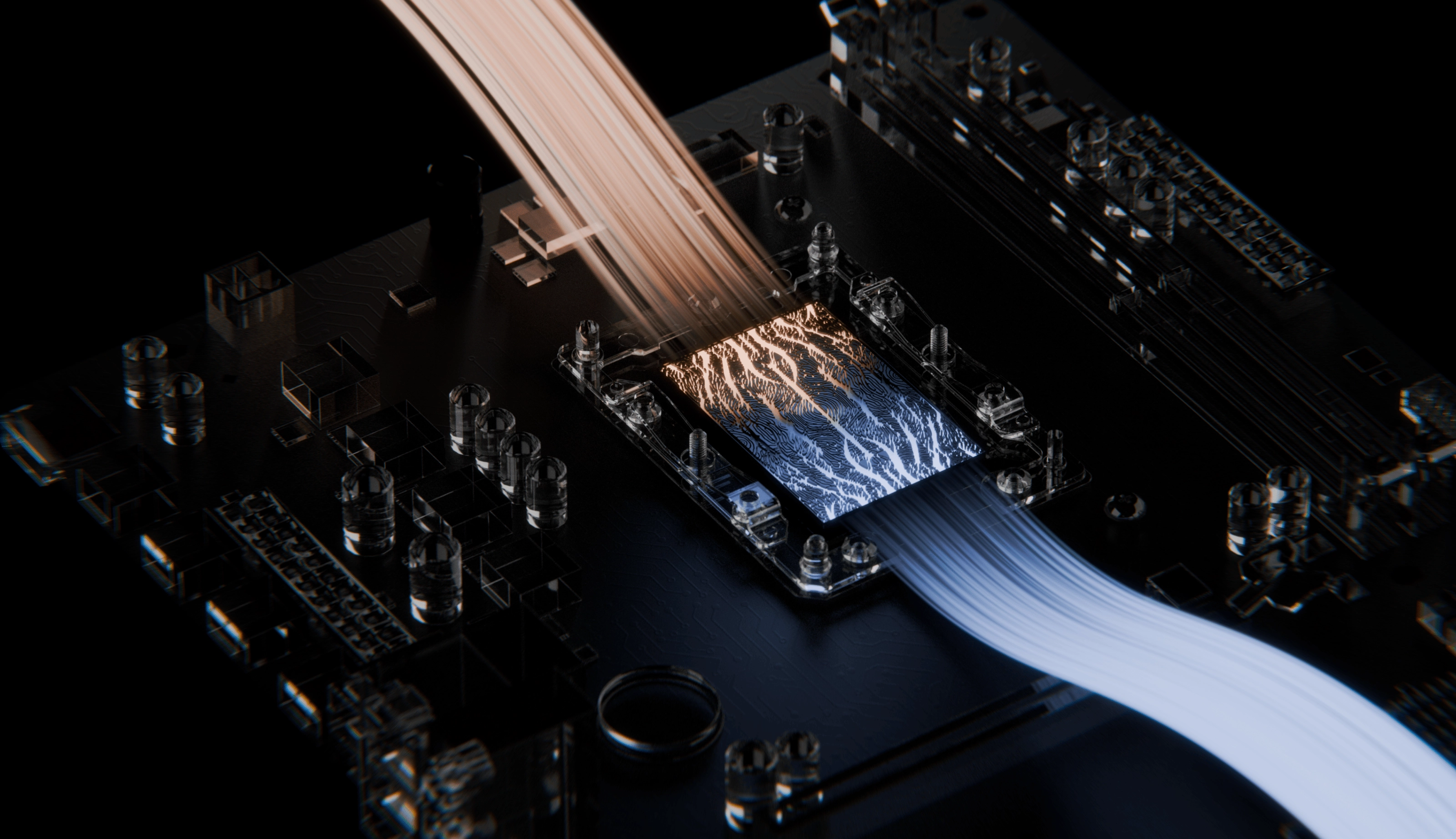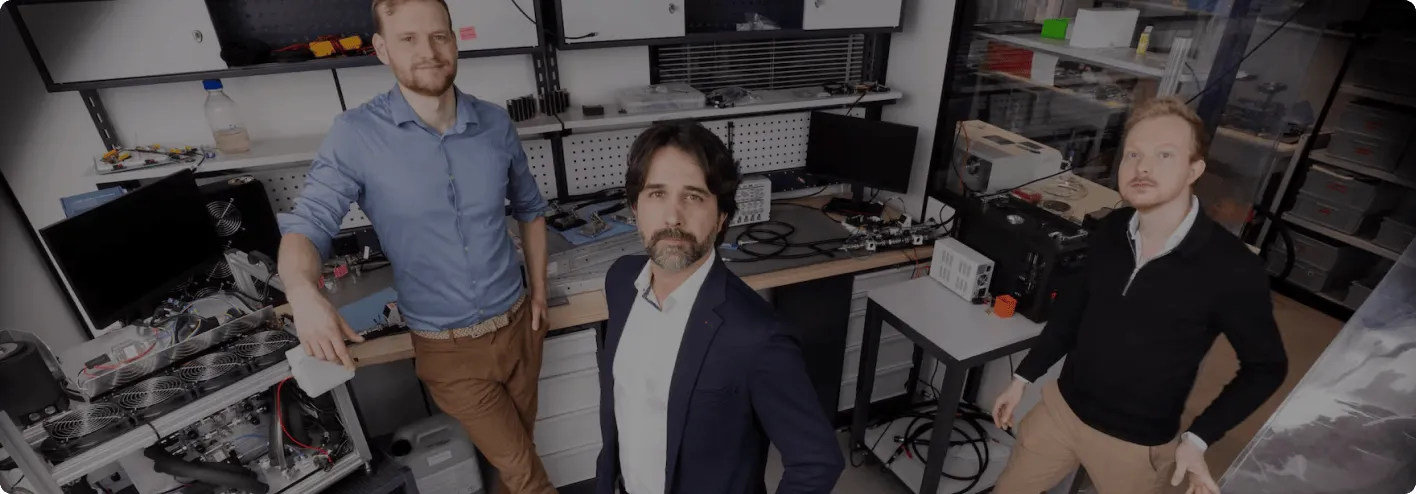GPU temperature90.5ºc
Reach out and let's chat!
Fill the form
Leave your details to receive the PDF case study
Fill the form


Cooled by
Corintis
We’re building 10× better chip-cooling to unlock the next 100× better compute
Featured in
Cooling is the ultimate bottleneck for silicon chips that drive AI and cloud computing.
The next 100× increase in compute performance will require 10× better cooling and current data center cooling solutions can´t keep up with the rising heat.
Liquid cooling is the new standard, and we set the standard for designing, building, testing and mass-producing leading-edge liquid cooling for high-power chips in data centers.

High-end chips
are heating up

Cooling
datacenter
globally
water consumed annualy
100B
liters
Cooling datacenter
globally consumes
more electricity than
New York
& London
combined
GPU memory clock2,000Mhz
GPU core voltage1.025V
GPU core load98%
GPU memory clock2,000Mhz
GPU thermal limit100ºc
Heatflux400w/cm2
GPU power1893W
40c+inlet temperature
Introducing CorintisChip cooling redefined
Unlock the next leap in compute performance with Corintis: Targeted microfluidic cooling, tailored for performance and efficiency, to reliably run the most powerful chips at the lowest possible temperatures. Designed with micro-scale precision for large-scale production, to future-proof your data center & HPC applications.

Up to 10× better chip-cooling
Be one step ahead of the heat by using our streamlined platform to design, build, test, and mass-produce the world’s best microfluidic cold plates and co-packaged cooling solutions. Achieve higher TDP with less flow rate and pressure drop in a shorter cycle time. Just like nature, we harness evolution to tailor cooling to the chip, bringing the right amount of liquid to the right location and achieving maximum cooling performance.

Currently in closed Beta
Glacierware
Our world-class design platform
Over 50 in-house experts
Based in Lausanne, Switzerland


Whitepaper
Ask for the Corintis Whitepaper



